Here’s what the Bref Double poetry form is:
The bref double is a French quatorzain consisting of three quatrains and a couplet, which makes it not unlike an English sonnet.
The main dividing points between the two are that the bref double features multiple unrhymed lines, a unique three-sound rhyme scheme, and a lack of meter.
So if you want to learn all about the Bref Double poetry type, then you’ve come to the right place.
Keep reading!
- Virelai Poetry Form: Narrate Your Adventures
- Rondel Poetry Form: Mold Melody’s Form
- Quatern Poetry Form: Emit Quatern’s Spell

Forms of Poetry: The Bref Double
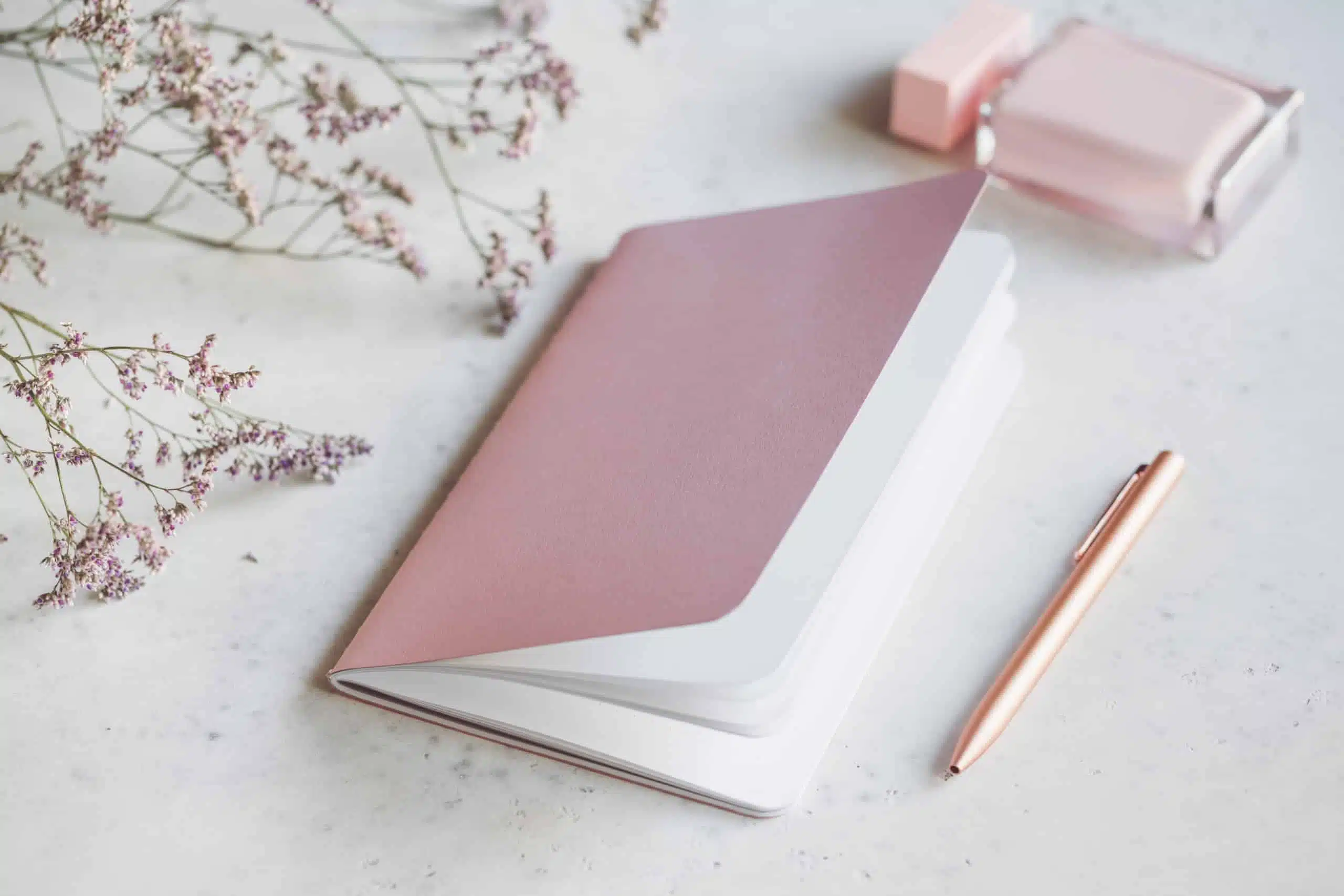
The bref double is a French poem form that utilizes three end sounds across a total of 14 lines.
The form is not especially well documented in English compared to other forms.
So much of its history and even its structure is still potentially up for debate, though it is invariably based on a unique three-sound rhyme scheme.
Despite all sources agreeing that the bref double originates from France, we were unable to pinpoint a single poet or group to whom the form is attributed.
Basic Properties of a Bref Double

| Rhyme Structure | Yes |
| Meter | Unmetered |
| Origin | France |
| Popularity | Seemingly uncommon; documentation is sparse |
| Theme | Varies |
How Is a Bref Double Structured?

The bref double utilizes three quatrains and ends in a couplet, making it strikingly similar to the English (or Shakespearean) sonnet.
The rhyme scheme always consists of three end sounds and around five unrhymed lines, but there have been different interpretations of the rhyme scheme aside from these conventions.
The structure of the bref double offers a wonderful insight into how poorly the forms of poetry are actually documented in the real world sometimes.
We will be going over multiple interpretations, so just hang in there for a moment.
Travis Lyon, in Forms of Poetry, defines the form as having a rhyme scheme of axbc xaxc axab ab, in which each ‘x’ denotes an unrhymed line.
This pairs the first two quatrains by final sound and the final quatrain with the couplet.
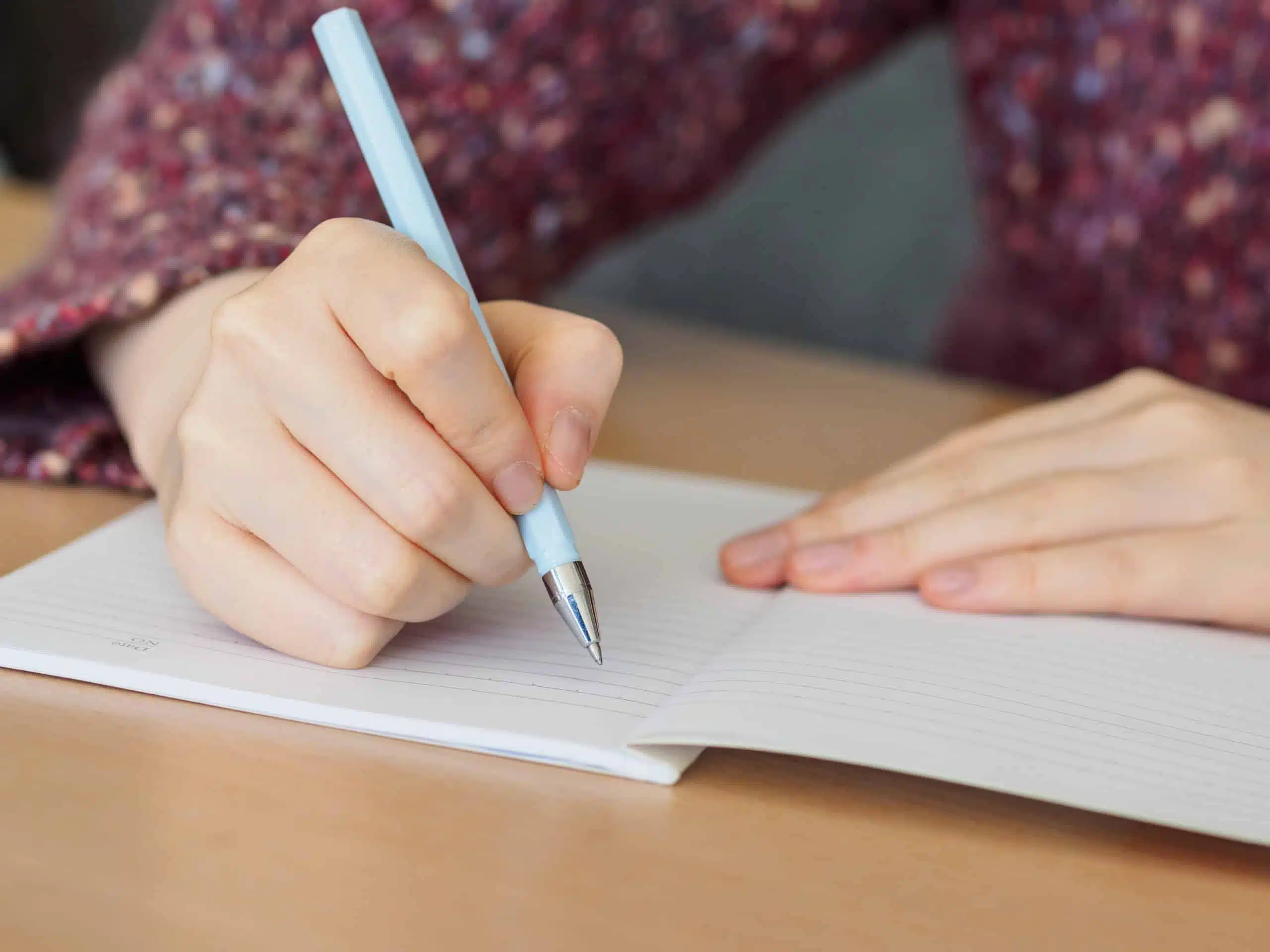
Lewis Turco, in The Book of Forms, instead defines the form as having a rhyme scheme of axbc xaxc bxxc ab.
The only difference between these interpretations comes from the final quatrain, but there have been other interpretations of the form in which other stanzas shift.
Importantly, both Lyon’s and Turco’s interpretations fall apart if we do not assume that the bref double has one fixed form.
Robert Lee Brewer proposes yet another model, which is more flexible but is still not consistent with the others.
His model is used by Writer’s Digest and his own book, The Complete Guide of Poetic Forms.
In that model, it is said that the A and B rhymes should appear twice in the first three stanzas and once each in the couplet, with no prescribed order.
Additionally, this model argues that the end of each quatrain should be C, which would make Lyon’s version the outlier.
So how do we structure a poem if sources do not agree?
The obvious answer is that you have to choose an interpretation.
Of the three, the model proposed by Brewer offers the most interesting answer.
If the placements of the A and B rhymes are flexible, then this would explain how the form can have multiple interpretations in the first place, though we shouldn’t pretend this is an ideal solution.

It’s also worth noting that Turco’s form actually does fit within the confines set by the more flexible model, while Lyon’s form does not.
For this reason, I believe it’s safe to assume that the correct interpretation is either the Brewer model or Turcos’s definition.
The Brewer model offers a flexible placement of the ‘a’ and ‘b’ rhymes.
Whereas Turco’s definition seems to predate the other two and comes from a well-known authority on poetry.
Lewis Turco’s career is dedicated to poetry and writing while Lyon only seems to have one publication to his name.
So Turco also has more credibility as an authority on poetry due to the difference in qualifications.
The real debate would be over whether the form is fixed and follows the exact structure prescribed by Lewis Turco’s The Book of Forms or should be seen as flexible and thus going off of the form proposed by Brewer.
Their careers don’t make this debate any easier. Turco and Brewer are both celebrated members of the literary community who are considered authorities on poetry.
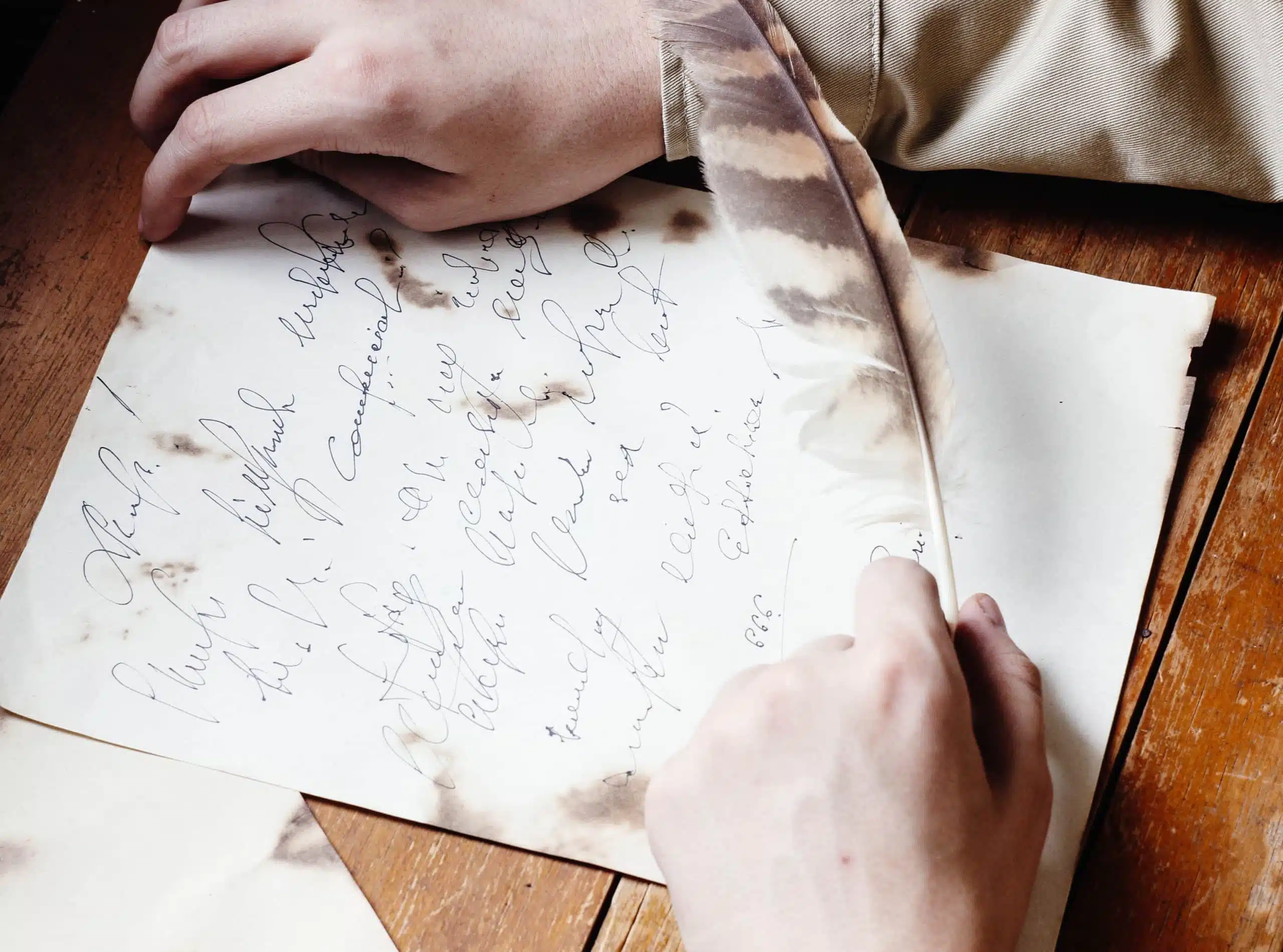
Turco’s definition seems to be the oldest, while Brewer has considerable clout as Senior Content Editor of Writer’s Digest.
Since the bref double originates in France, there may be French language sources that could provide a more definitive and absolute explanation of the structure based on its origins.
It’s possible that there is an even more flexible definition of the form that accommodates all of the above models.
Otherwise, we simply have to pick a version of the form and stick with it, but at least Turco and
All sources agree that a bref double need not have a certain meter, but lines of equal length are expected.
As it is technically not a sonnet, the bref double is instead considered a type of quatorzain (any 14-line poem that is not a sonnet) and does not need to have a volta (the poetic turn expected in sonnets).
Example of a Bref Double Poem
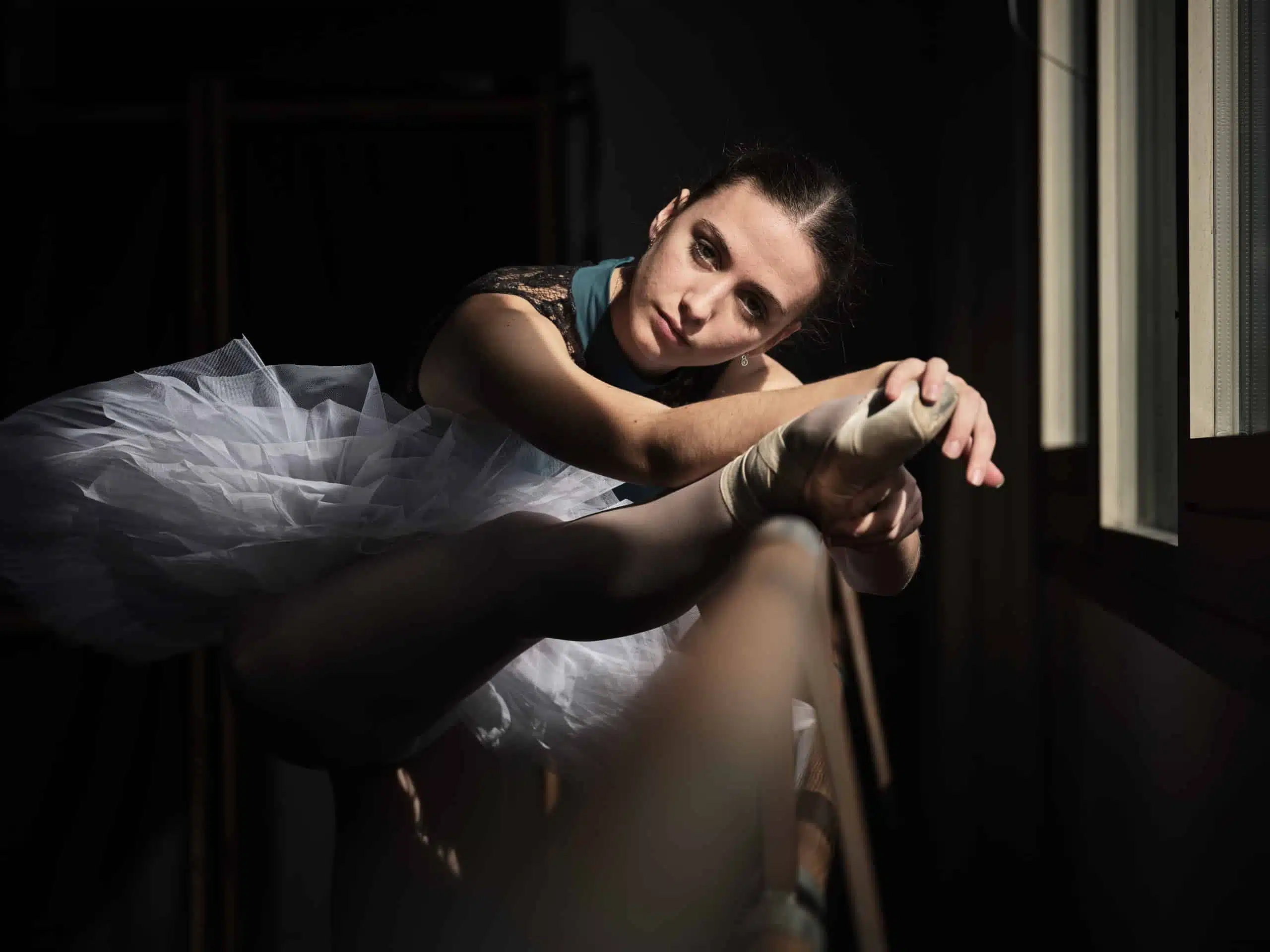
she hated her old shoes
of such low quality
with small holes in the soles
torturing her soft feet
they were bad for the roads
barely fit for their role
as protectors for toes
woefully incomplete
and she hated them so
they left such a dark bruise
as if to get even
on the uneven street
she would happily use
them in a grill as coal
The above example follows the definition offered by Writer’s Digest (Brewer’s model).
We see rhyme sound ‘a’ represented by the bolded words, sound ‘b’ represented by the italicized words, and sound ‘c’ represented by the underlined words.

Note that only the last syllable of “incomplete” is italicized since that is where the rhyme is located.
As expected, ‘a’ and ‘b’ each appear twice within the quatrains, then accompany each other in the final couplet, while ‘c’ is used as the ending sound for each of the three quatrains.
This results in every end sound being used exactly three times, leaving behind five unrhymed lines. Every line in the above example is six syllables, but no meter is utilized.
Remember that a bref double is expected to pay attention to syllable counts at least this much, but you might be forgiven for writing a bref double in which the syllable counts are similar instead of exact.
Tips for Writing a Bref Double

It would be best to spread out your uses of the ‘a’ and ‘b’ sounds across the quatrains, rather than trying to bunch them together, if treating the bref double as a flexible form.
If you would like to assume that the bref double is a fixed form, then I strongly recommend prioritizing Turco’s definition over Lyon’s based on the difference in prior experience between the two writers.
If you are fluent in French or speak French as a second language, you may consider looking for more detailed and accurate information in sources natively from France.
The bref double is a splendid example of a form that really needs more English sources and documentation.
Do not treat the form quite like a sonnet.
While the two are structurally similar, a sonnet is usually expected to look at one topic from a few different approaches and then conclude with a poetic turn into a conclusion.
The bref double seems to be more flexible in its execution, so feel free to experiment with different ways to employ the structure in your own writing.
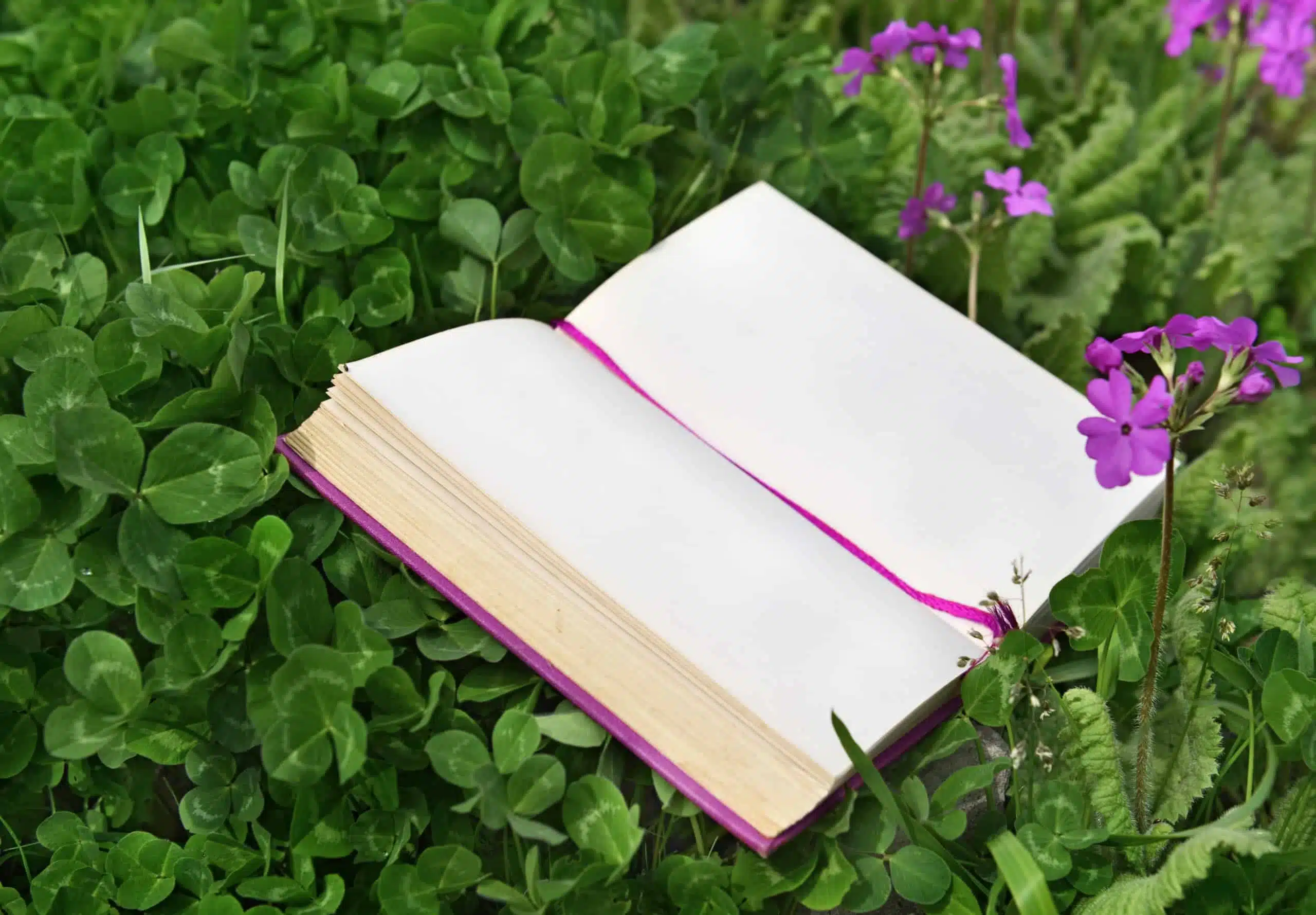
While any syllable count is acceptable for the lines, you may find it easier to use even numbers of six or higher.
Lines with less than six syllables can be challenging in English, as they present a lack of space to contextualize information or set up the next line.
Odd-numbered counts tend to be awkward to work with, though certainly not impossible by any means.
Lastly, remember that you only have 14 lines in which to complete your narrative or message.
This is generally only enough space for a few moments, so don’t go convincing yourself that you’re going to fit the entire plot of your favorite franchise into a few quatrains.
Choose a concise message or a central thought that ties your poem together and keep it brief.
Poet’s Note

When writing this article, I did not set out to offer evidence that multiple sources may have misinterpreted the form.
These inconsistencies emerged organically as the result of cross-referencing my sources, and I felt it would be disingenuous to not take advantage of a teaching opportunity. Always, always cross-reference your sources.
Comprehensive Collection of Poetry Forms: Craft Words Into Art

Dare to traverse the entire spectrum of poetic forms, from the commonplace to the extraordinary?
Venture from the quintessential Sonnet to the elusive Mistress Bradstreet stanza, right through to the daunting complexity of Cro Cumaisc Etir Casbairdni Ocus Lethrannaigecht.
For those with a zeal to encounter the full breadth of poetry’s forms, this invitation is yours.
Start exploring the vast universe of poetic ingenuity with our comprehensive array of poetry forms right now!
